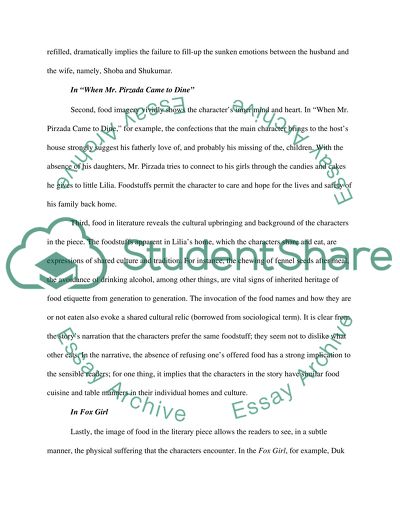Cite this document
(Food in Literature: The Flavors of Life in Jhumpa Lahiris and Nora Essay, n.d.)
Food in Literature: The Flavors of Life in Jhumpa Lahiris and Nora Essay. https://studentshare.org/literature/1574254-literature-by-women-of-color
Food in Literature: The Flavors of Life in Jhumpa Lahiris and Nora Essay. https://studentshare.org/literature/1574254-literature-by-women-of-color
(Food in Literature: The Flavors of Life in Jhumpa Lahiris and Nora Essay)
Food in Literature: The Flavors of Life in Jhumpa Lahiris and Nora Essay. https://studentshare.org/literature/1574254-literature-by-women-of-color.
Food in Literature: The Flavors of Life in Jhumpa Lahiris and Nora Essay. https://studentshare.org/literature/1574254-literature-by-women-of-color.
“Food in Literature: The Flavors of Life in Jhumpa Lahiris and Nora Essay”. https://studentshare.org/literature/1574254-literature-by-women-of-color.


